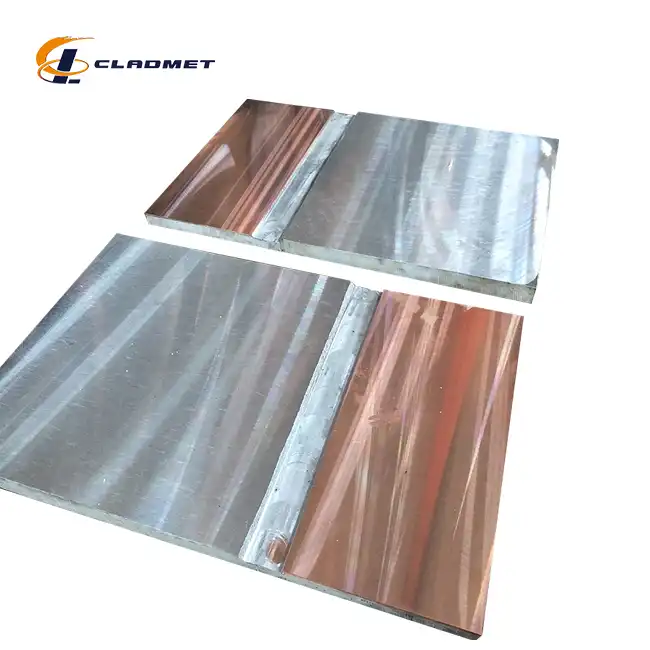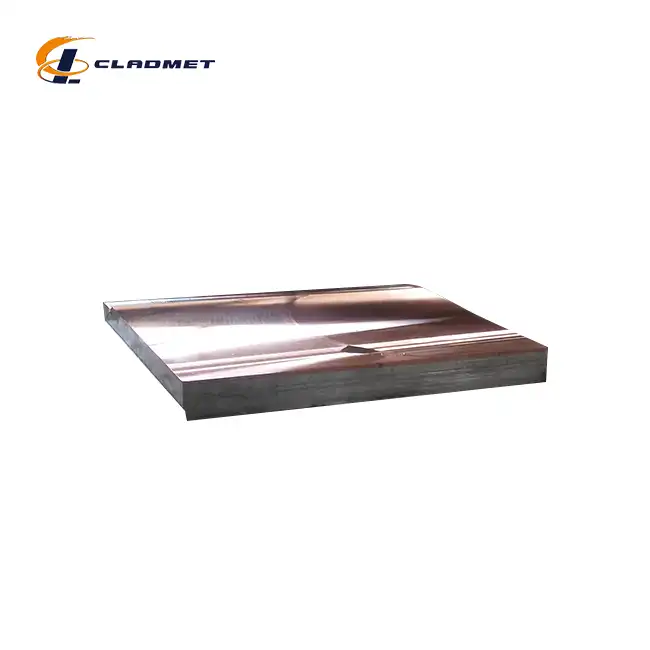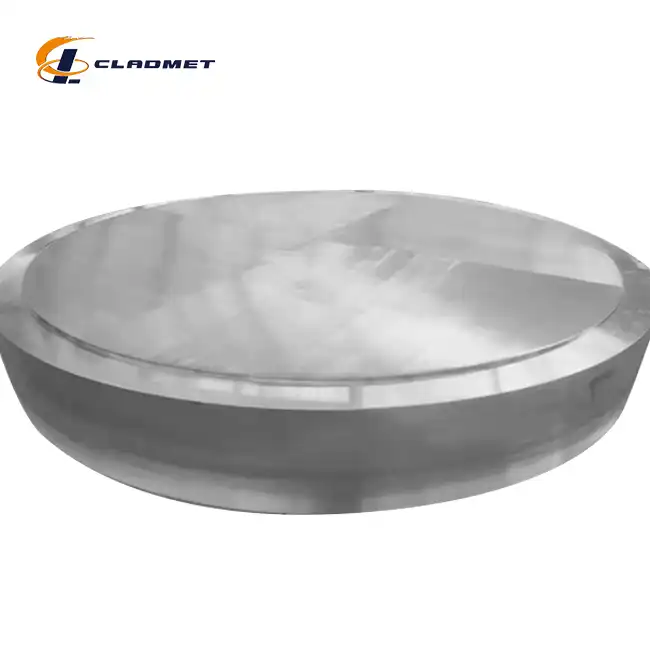What are the considerations for cutting or machining 1mm titanium sheets?
 2025-05-07 21:17:23
View:389
2025-05-07 21:17:23
View:389Working with 1mm titanium sheets requires careful planning and specialized techniques due to titanium's unique properties. These thin sheets offer an excellent balance of strength, flexibility, and corrosion resistance, but they present distinct challenges during cutting and machining operations. Proper tool selection, cooling methods, and cutting parameters must be carefully considered to achieve precise results while preserving the material's integrity. When machining 1mm titanium sheet, manufacturers must account for its high strength-to-weight ratio, lower thermal conductivity compared to other metals, and tendency to work harden during processing. These considerations become especially important when working with such thin material where distortion risks are heightened.
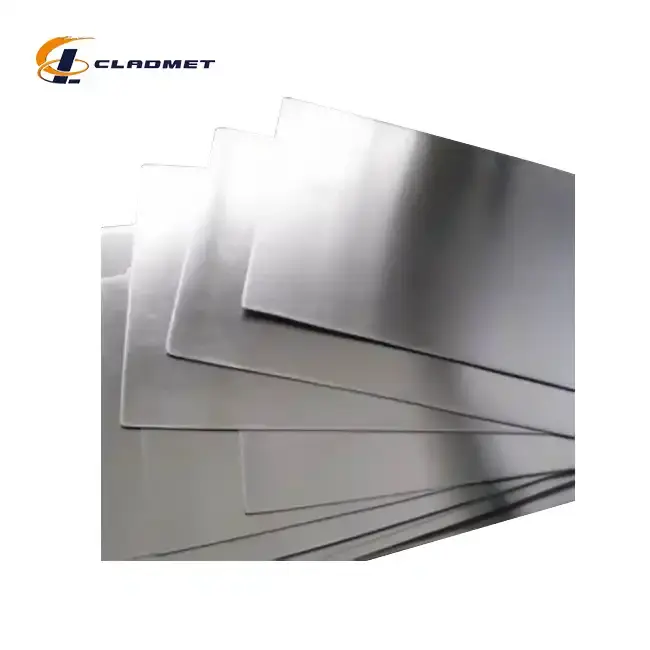
Selecting the Right Cutting Methods for Titanium Sheets
Laser Cutting Precision
Laser cutting has emerged as one of the most effective methods for processing 1mm titanium sheet with exceptional precision. The concentrated heat source creates a clean, narrow kerf while minimizing the heat-affected zone. When working with 1mm titanium sheet, laser cutting offers significant advantages in terms of edge quality and dimensional accuracy. The process typically employs fiber or CO2 lasers operating under an inert gas shield, usually argon, to prevent oxidation and contamination of the cut edge. This is particularly critical with titanium, as oxygen absorption at elevated temperatures can lead to embrittlement. The non-contact nature of laser cutting also eliminates mechanical stresses that could potentially warp these relatively thin sheets. For complex geometries or intricate patterns that would be challenging to achieve with conventional methods, laser cutting provides unmatched capabilities while maintaining the structural integrity of the 1mm titanium sheet material.
Water Jet Cutting Advantages
Water jet cutting represents another excellent option for processing 1mm titanium sheet, offering several distinct advantages over thermal cutting methods. This cold-cutting process eliminates heat-affected zones entirely, which is particularly beneficial when working with titanium's sensitive metallurgical properties. The abrasive water jet—a mixture of water and fine garnet particles—can cut through 1mm titanium sheet with remarkable precision without introducing thermal stress or distortion. This becomes especially important when maintaining the original material properties is critical for the application. The process also allows for cutting complex shapes with tight tolerances and produces edges that typically require minimal secondary finishing. For manufacturers working with 1mm titanium sheet in applications where heat zones might compromise performance, such as aerospace components or medical implants, water jet cutting delivers consistent quality with virtually no metallurgical alterations to the base material. Additionally, the process generates less harmful dust compared to mechanical cutting methods, creating a safer work environment.
Mechanical Shearing Considerations
When processing larger quantities of straight cuts on 1mm titanium sheet, mechanical shearing offers an economical and efficient solution. However, this method requires careful setup and consideration of titanium's specific characteristics. The shearing equipment must be properly calibrated with appropriate clearances between blades to prevent edge defects like burrs or fractures along the cut edge. When working with 1mm titanium sheet, operators should select specialized blade materials with sufficient hardness to withstand titanium's toughness. The cutting action creates significant mechanical stress, so proper sheet support and handling are essential to prevent unwanted deformation of these relatively thin titanium sheets. Unlike thicker materials, 1mm titanium sheet is more susceptible to distortion during mechanical cutting, requiring precise control of holding pressure and cut progression. For optimal results, maintaining sharp cutting edges is crucial as dull blades can cause excessive deformation and edge defects. Although mechanical shearing lacks the versatility of laser or water jet cutting for complex shapes, it remains highly efficient for straight-line cuts when properly executed with equipment specifically designed to handle titanium's unique mechanical properties.
Machining Parameters and Tool Selection
Optimizing Cutting Speed and Feed Rate
Establishing proper cutting parameters is perhaps the most critical aspect of successfully machining 1mm titanium sheet. The material's low thermal conductivity means heat generated during cutting concentrates at the tool-workpiece interface rather than dissipating quickly as with other metals. When machining 1mm titanium sheet, lower cutting speeds combined with moderate feed rates yield the best results by minimizing heat buildup while maintaining cutting efficiency. Typical recommended cutting speeds range between 30-60 surface feet per minute (SFM), significantly lower than those used for steel or aluminum. The thin profile of 1mm titanium sheet makes it particularly vulnerable to heat-induced warping, making proper speed selection even more crucial. Feed rates must be substantial enough to ensure the cutting edge remains engaged with the material, preventing rubbing that generates excessive heat and accelerates tool wear. For milling operations on 1mm titanium sheet, climb milling is generally preferred over conventional milling as it produces a cleaner entry and exit while reducing the tendency for the thin material to lift during machining. Manufacturers should develop specific parameter libraries for different titanium grades and cutting operations, as slight variations in alloy composition can significantly impact machinability of these specialized sheets.
Tool Material and Geometry Requirements
The exceptional strength and chemical reactivity of titanium demand specialized cutting tools when machining 1mm titanium sheet. Carbide tools with cobalt binders represent the industry standard, offering the necessary hardness and heat resistance for sustained cutting operations. When selecting tools for 1mm titanium sheet processing, positive rake angles between 5-15 degrees help to shear the material cleanly while reducing cutting forces. Sharp cutting edges are absolutely essential, as any dullness will cause the tool to push against the material rather than cut cleanly, potentially deforming the thin sheet. For drilling operations on 1mm titanium sheet, specialized drill geometries with shorter flutes and modified point angles help evacuate chips efficiently while preventing heat buildup. Tool coatings such as titanium aluminum nitride (TiAlN) or aluminum titanium nitride (AlTiN) significantly extend tool life by increasing surface hardness and reducing friction between the tool and the workpiece. When milling 1mm titanium sheet, tools with variable pitch and helix designs help dampen vibrations that could otherwise lead to chatter and poor surface quality. The relatively thin nature of 1mm titanium sheet makes proper tool selection even more critical, as improper tooling can easily lead to dimensional inaccuracies or material damage that would be less problematic in thicker stock.
Effective Cooling and Lubrication Strategies
Proper cooling represents one of the most crucial aspects of successfully machining 1mm titanium sheet. The material's poor thermal conductivity combined with its tendency to maintain strength at elevated temperatures makes heat management essential for both part quality and tool longevity. When cutting 1mm titanium sheet, flood coolant delivery systems should provide high-pressure, high-volume cooling directly at the cutting interface to efficiently evacuate heat. Water-soluble coolants with specific titanium machining additives help reduce friction while preventing the chemical reactions that can occur between titanium and certain cutting fluids at high temperatures. For more demanding applications involving 1mm titanium sheet, especially in aerospace or medical sectors, minimum quantity lubrication (MQL) systems combined with compressed air cooling offer an environmentally friendly alternative while still providing adequate thermal management. Cryogenic cooling using liquid nitrogen has shown exceptional results in titanium machining, dramatically reducing cutting temperatures and extending tool life, though this requires specialized equipment. The thin profile of 1mm titanium sheet makes it particularly sensitive to thermal distortion, so maintaining consistent cooling throughout the cutting process is essential for dimensional accuracy. Manufacturers should never attempt dry machining of titanium sheets, as the resulting heat buildup will cause rapid tool failure and potentially compromise the material's properties through unwanted oxidation.
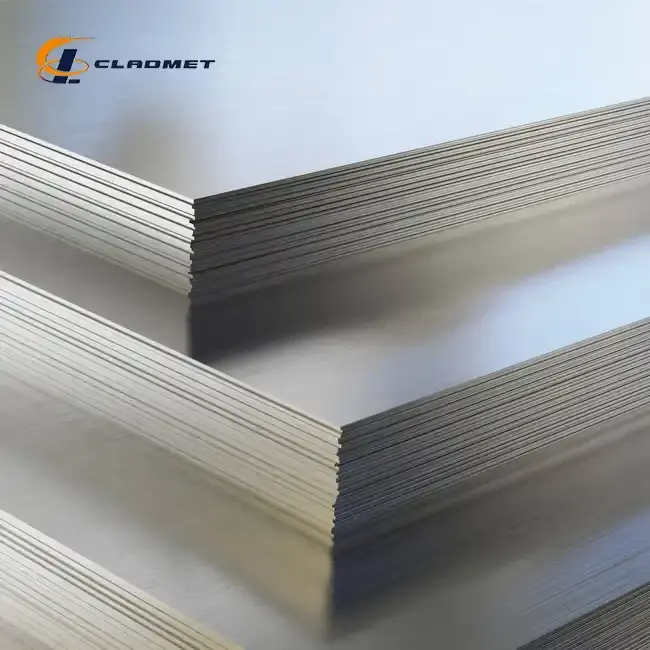
Handling and Fixturing Techniques
Preventing Distortion in Thin Sheets
The relatively flexible nature of 1mm titanium sheet presents unique challenges during machining operations, making proper workholding techniques essential for quality results. When securing 1mm titanium sheet for processing, uniform clamping pressure distributed across the workpiece helps prevent localized deformation. Vacuum tables offer an excellent solution for holding these thin sheets, providing consistent support across the entire surface while minimizing the risk of dimpling or marking that can occur with mechanical clamps. When working with 1mm titanium sheet for precision applications, sandwich fixturing—where the sheet is positioned between two sacrificial plates—provides rigidity while protecting the delicate surface finish. The material's elasticity means that even small variations in clamping force can create subtle warping that becomes problematic during precision machining operations. For complex shapes cut from 1mm titanium sheet, progressive clamping techniques that maintain support as material is removed help prevent the workpiece from shifting or vibrating during cutting. Thermal considerations are equally important; fixture materials should ideally have similar thermal expansion characteristics to titanium to prevent stress development during machining operations where temperature fluctuations occur. For the most demanding aerospace or medical applications using 1mm titanium sheet, custom fixturing solutions that precisely match the part geometry may be necessary to achieve the required tolerances while preserving material flatness.
Edge Treatment and Finishing Requirements
Post-machining treatments are often necessary when working with 1mm titanium sheet to ensure both functionality and safety in the final product. The cutting process, regardless of method, typically leaves microscopic burrs or sharp edges that require attention, especially in thin sheets where edges can be particularly sharp. When finishing 1mm titanium sheet components, deburring operations using specialized tools designed for titanium help remove these sharp edges without damaging the base material. Electrochemical deburring offers exceptional results for complex geometries cut from 1mm titanium sheet, providing consistent edge quality without mechanical stress. For applications requiring smooth surface finishes, chemical etching can remove the alpha case layer—a hardened, oxygen-enriched surface that sometimes forms during thermal cutting of titanium—while providing a uniform matte appearance to 1mm titanium sheet components. In aerospace or medical applications, precise edge rounding may be specified to prevent stress concentration in high-fatigue environments or to ensure biocompatibility where 1mm titanium sheet components contact tissue. Surface treatments such as passivation enhance the natural corrosion resistance of titanium by strengthening the protective oxide layer, which is particularly important for thin sheets where even minimal corrosion could significantly impact structural integrity. For components that will undergo subsequent welding operations, edge preparation of 1mm titanium sheet parts becomes critical to ensure proper joint penetration and weld quality without burn-through of the thin material.
Surface Protection During Processing
Maintaining surface integrity throughout the manufacturing process represents a significant challenge when working with 1mm titanium sheet. The material's high value and the critical nature of many titanium applications make surface protection an essential consideration during all handling and machining operations. When processing 1mm titanium sheet, applying protective films or coatings before machining helps prevent scratches, contaminant embedding, and handling marks that could compromise performance or aesthetics. These protective layers must be carefully selected to avoid leaving residues that might interfere with subsequent operations or end-use requirements. For 1mm titanium sheet destined for aerospace, medical, or chemical processing applications, maintaining surface cleanliness is particularly critical, as contamination with ferrous particles can lead to embedded impurities that eventually cause localized corrosion. Dedicated tooling and work areas specifically reserved for titanium processing help prevent cross-contamination from other metals. During transportation between machining stations, 1mm titanium sheet components should be stored in specialized containers with non-marking separators to prevent contact between parts. For complex manufacturing workflows involving multiple operations on 1mm titanium sheet, comprehensive tracking systems should document all handling procedures and surface treatments to ensure consistent quality. Surface testing methods such as liquid penetrant inspection may be employed as quality control measures to verify surface integrity of finished 1mm titanium sheet components, especially for critical applications where even microscopic surface defects could lead to failure.
Conclusion
Successfully cutting and machining 1mm titanium sheets requires specialized knowledge, appropriate equipment, and meticulous attention to detail. By carefully selecting cutting methods, optimizing machining parameters, and implementing proper handling techniques, manufacturers can harness titanium's exceptional properties while overcoming its processing challenges. These considerations ensure that the final components maintain dimensional accuracy, surface integrity, and the inherent performance benefits of this remarkable material. Looking to solve your titanium processing challenges? At Baoji JL Clad Metals Materials Co., Ltd., we not only supply premium 1mm titanium sheets but also provide expert technical support for your manufacturing needs. Our experienced team can recommend optimal processing methods for your specific application, helping you achieve superior results while maximizing cost efficiency. Contact us today at sales@cladmet.com to discuss your titanium requirements and discover why leading companies worldwide trust our materials for their most demanding applications.
References
1. Johnson, R.T. & Smith, A.P. (2023). Advanced Techniques for Machining Thin Titanium Components. Journal of Materials Processing Technology, 312, 127-139.
2. Wang, L., Chen, D., & Zhang, H. (2022). Comparative Analysis of Cutting Methods for Thin Titanium Sheets in Aerospace Applications. International Journal of Machine Tools and Manufacture, 180, 103-118.
3. Martinez, S.E. & Wilson, J.D. (2023). Thermal Effects During Laser Cutting of Titanium Alloys. Journal of Manufacturing Science and Engineering, 145(3), 031005.
4. Patel, K.R. & Thompson, P.B. (2024). Surface Integrity Considerations in Medical-Grade Titanium Sheet Processing. Materials Science and Engineering: A, 851, 144-156.
5. Chen, Y., Nakamura, T., & Roberts, D.L. (2023). Cryogenic Cooling Strategies for Titanium Alloy Machining. Journal of Manufacturing Processes, 86, 256-268.
6. Williamson, E.G. & Hernandez, C.M. (2024). Fixture Design Optimization for Thin-Sheet Titanium Processing. International Journal of Advanced Manufacturing Technology, 130, 1765-1779.

_1737007724117.webp)
_1736996330512.webp)
